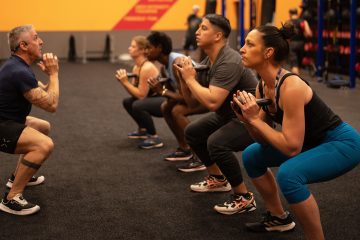Signs and symptoms and Management of Spine Stenosis

Spine stenosis is really a narrowing from the spine canal that puts pressure around the spinal-cord and/or on spine nerves because they leave the spine. Compression from the nerve disrupts communication between your brain and the entire body, to cause physical problems or lack of function to a part of the body. Compression can happen within the spine canal, within the nerve root canals or even the intervertebral foramen. It may be localized to 1 area or prevalent within a portion of the spine.
Causes
Spine stenosis could be hereditary or acquired. Hereditary problems that cause spine stenosis include scoliosis, a congenitally narrow spine or perhaps a bone defect known as achondroplasia.
Most spine stenosis is acquired, usually because of aging, also it usually seems in individuals over fifty years old. Women tend to be more vulnerable to it than men. Normal degenerative changes that occur with aging are most frequently responsible, particularly if joint disease can also be present. Spine stenosis may also be brought on by tumors or injuries or because of another disease, for example Paget’s disease.
Signs and symptoms
The signs and symptoms of spine stenosis rely on in which the narrowing is. Most spine stenosis affects the lumbar, or back, area. You have discomfort radiating lower your leg that’s relieved should you sit or bend forward. In severe cases, you can lose bowel, bladder or sexual function and also have difficulty walking.
The 2nd most typical position for spine stenosis to happen is within your neck, or cervical spine. Individuals with cervical stenosis may go through discomfort radiating lower a leg, or aching, numbness or tingling within the branch. They’ve already complications with fine motor skills, for example picking some misconception using their fingers or writing, problems walking or lack of bladder and bowel control.
Signs and symptoms usually appear progressively and obtain worse with time.
Treatment
Conservative treatments are utilized as lengthy as you possibly can. They do not cure the issue, but many people get relief of the signs and symptoms for a long time by doing prescribed exercises, including flexion. Almost everyone has great results with physical rehabilitation. Chiropractic, massage and acupuncture frequently help, too.
Most doctors prescribe muscle relaxers or anti-inflammatory medications to alleviate the signs and symptoms of spine stenosis. If individuals aren’t effective, epidural cortisone treatments and nerve blocks might be useful.
Eventually, lots of people need surgery to fix spine stenosis. Outpatient arthroscopic surgery might be sufficient to spread out in the intervertebral foramen in order to relieve pressure from surrounding structures.
Sometimes, however, the whole spinal-cord should be decompressed, requiring open surgery. A decompression laminectomy might be essential to remove enough bone and tissue to alleviate pressure around the spine.
What are your options of handling your neurological and spinal disorders by a qualified and competent doctor? You should surf the online realm for Gordon Tang. He has been a prominent figure in the industry for your entire neurosurgery and spinal disorder treatment needs.









